Ganesh Lakshmigandan has worked at some of the most high-profile studios in the world, employed in VFX roles at Wētā FX, MPC, DNEG, Mikros, Iloura, Sony ImageWorks, Animal Logic, and Ingenuity Studios, to name a few. He also had the incredible opportunity to work in Creature FX at Image Engine.
Throughout his impressive career, Ganesh has built up an incredible amount of knowledge and expertise, some of which he shares in his new Gnomon Workshop title, Art Directing Explosions using Axiom in Houdini. In his workshop, Ganesh guides users through how to create a barrel explosion worthy of any VFX movie shot.
Since creating his Gnomon Workshop tutorial, Ganesh has continued to work his magic in the VFX industry and is currently crafting VFX for House of the Dragon: Season 2. We took the opportunity to catch up with Ganesh during his free time to find out more about his inspiring career so far. Read on for his top tips and industry insights.
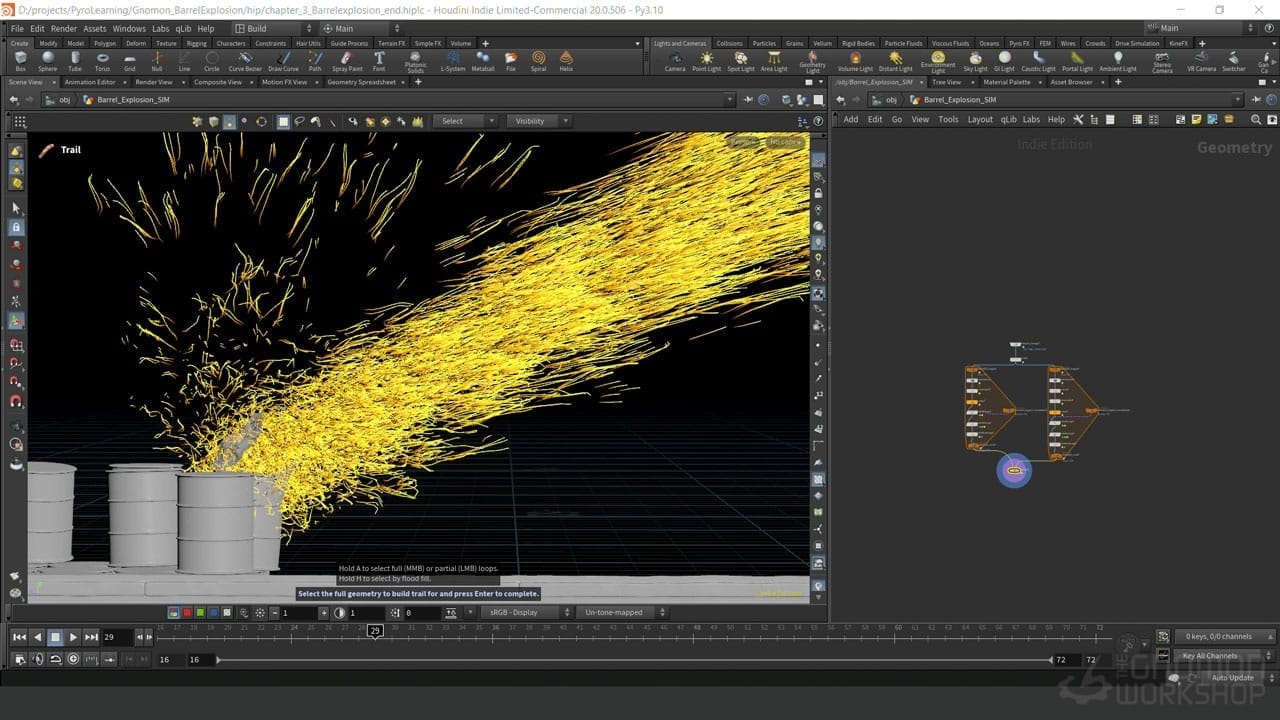
The Gnomon Workshop: Anyone who knows your work will know how incredibly talented you are at pyro effects, but how did you get started in the industry?
Ganesh Lakshmigandan: Even before I knew what CGI was, I was inspired by the films Terminator 2 and Jurassic Park. Later, when I was around 13 or 14, my dad introduced me to AutoCAD, which led to an interest in 3D packages such as 3ds Max, Bryce, and Poser. By the time I finished my engineering degree in 2007, I had decided to choose VFX as a career.
TGW: What are some of your favorite projects that you've worked on
GL: Avatar 2 is most definitely my favorite. It was one of those projects that every VFX artist wants to be a part of and I was lucky to be a part of it. I also loved working on Dunkirk. The main reason for this was that I was able to work with Christopher Nolan. Alongside working with such a great director, I was also really proud of how realistic I managed to make the oil fire simulation!
Aside from those, I also enjoyed working on Dune: Part 1 and House of the Dragons: Season 2.
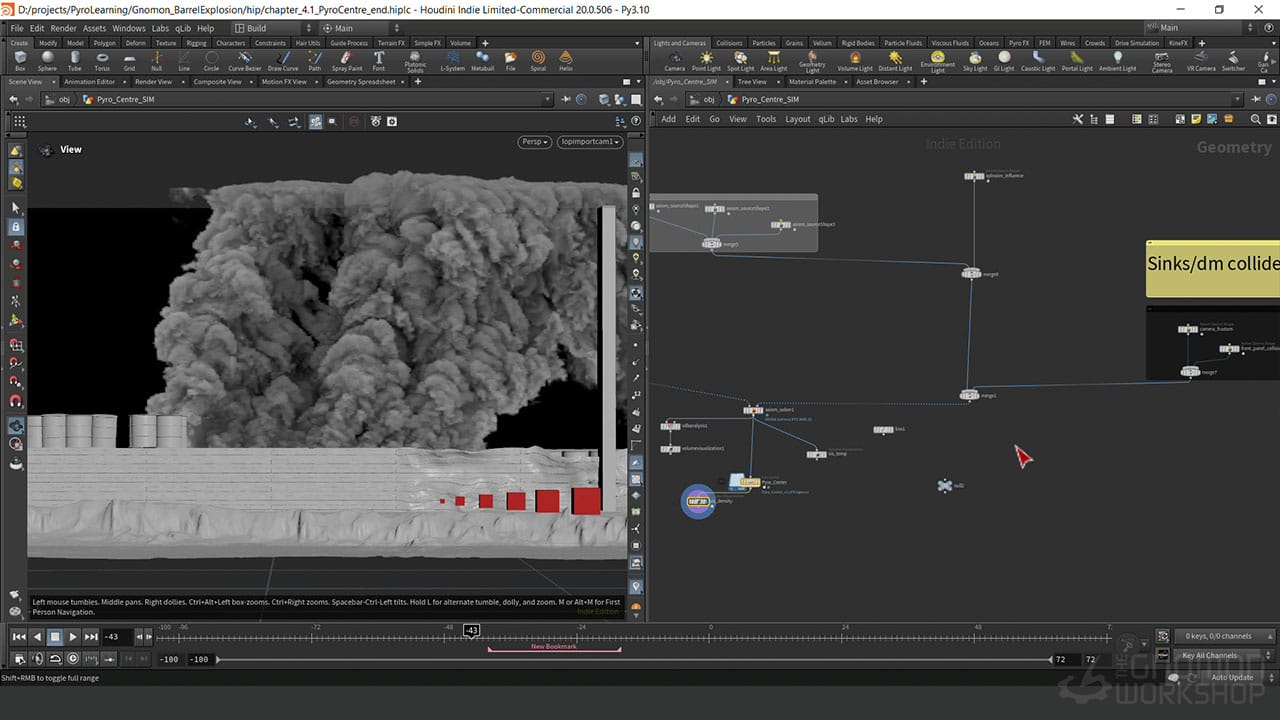
“Ghost Rider (2007) was what inspired me to learn pyro. I still love the first transformation scene of Johnny into Ghostrider and the sequence where Johnny and the caretaker on his horse ride side by side in the desert. This led me to learn FumeFX and Maya fluids, and later on I moved to Houdini.” Ganesh Lakshmigandan
TGW: In your estimations, how has the industry changed in the past 10 to 20 years?
GL: Software like Houdini, Maya, and Unreal Engine in the last 10 years — with the advancement in CPU and GPU — has opened up a lot of possibilities for artists and developers. They have made it possible to meet creative and technical challenges without breaking the bank. This was quite impossible in the early to late 2000s when these types of results were only limited to bigger VFX studios with lots of money.
TGW: Working with pyro effects is quite a niche skill. Tell us how you came to specialize in this field.
GL: Back when I started in the industry, Ghost Rider (2007) was what inspired me to learn pyro. I still love the first transformation scene of Johnny into Ghostrider and the sequence where Johnny and the caretaker on his horse ride side by side in the desert. This led me to learn FumeFX and Maya fluids, and later on I moved to Houdini.
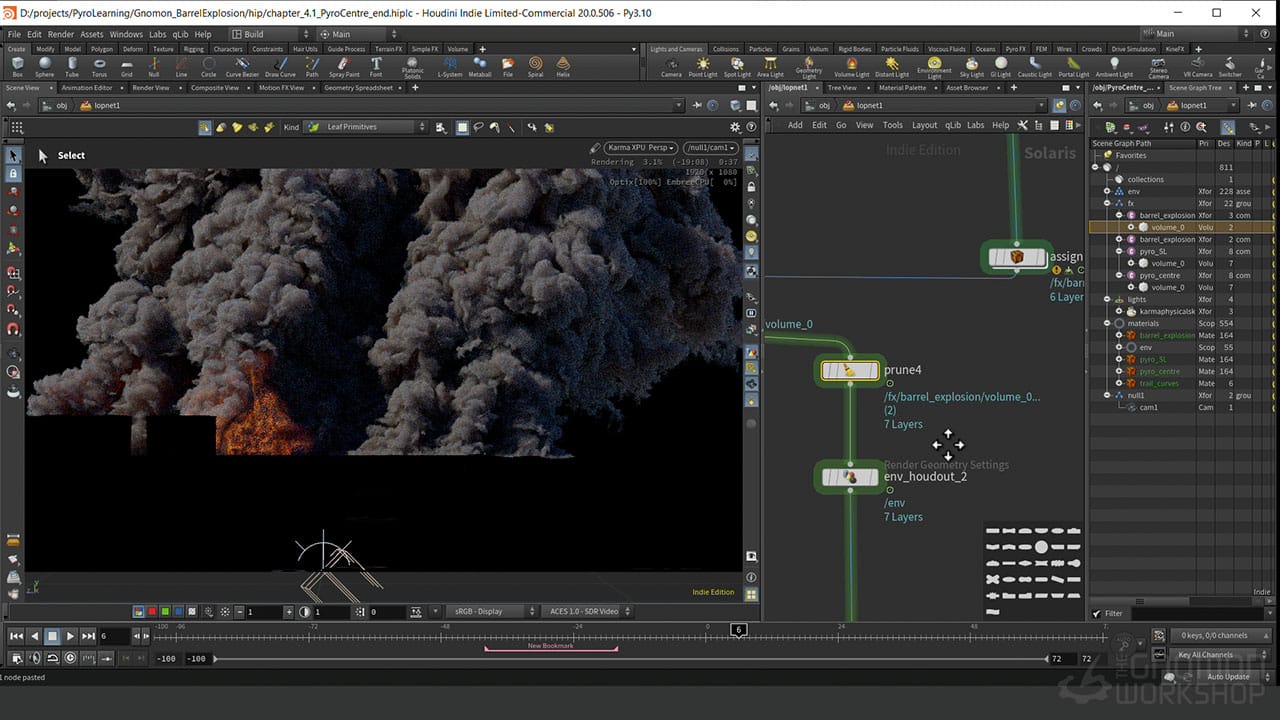
TGW: What are your professional tips for making fire look natural every time?
GL: I can identify a couple of reasons:
First, choose the right reference: The best way to start on a fire — or any type of pyro element — is to start with real references. I usually look on YouTube, grab the part of the video that I like, and start analyzing the fire’s behavior. The next main thing is developing an eye for identifying the different aspects of the fire, such as what chemical is being burned, exposure and color of the fire, scale of disturbances, wind, cooling rate, and dissipation.
Second, choosing the right solver and renderer: Based on the project, client, and budget, you have to decide on the right solver and renderer that is going to enable you to art direct your pyro and do faster iterations both on the simulation and rendering. All of this really helps to save both time and money.
I discuss all these topics in my workshop.
TGW: Why is Houdini your preferred software?
GL: Houdini is my choice of tool mainly because of its node-based, non-linear, and non-destructive workflow. Also, for the most part, artists and technical directors can build tools in Houdini without the need for higher level languages such as C++. This makes it even more powerful.
Apart from Houdini, I have used Maya, 3ds Max, and Realflow in the past. I'm looking forward to the next release of Houdini — just like any Houdini artist is!
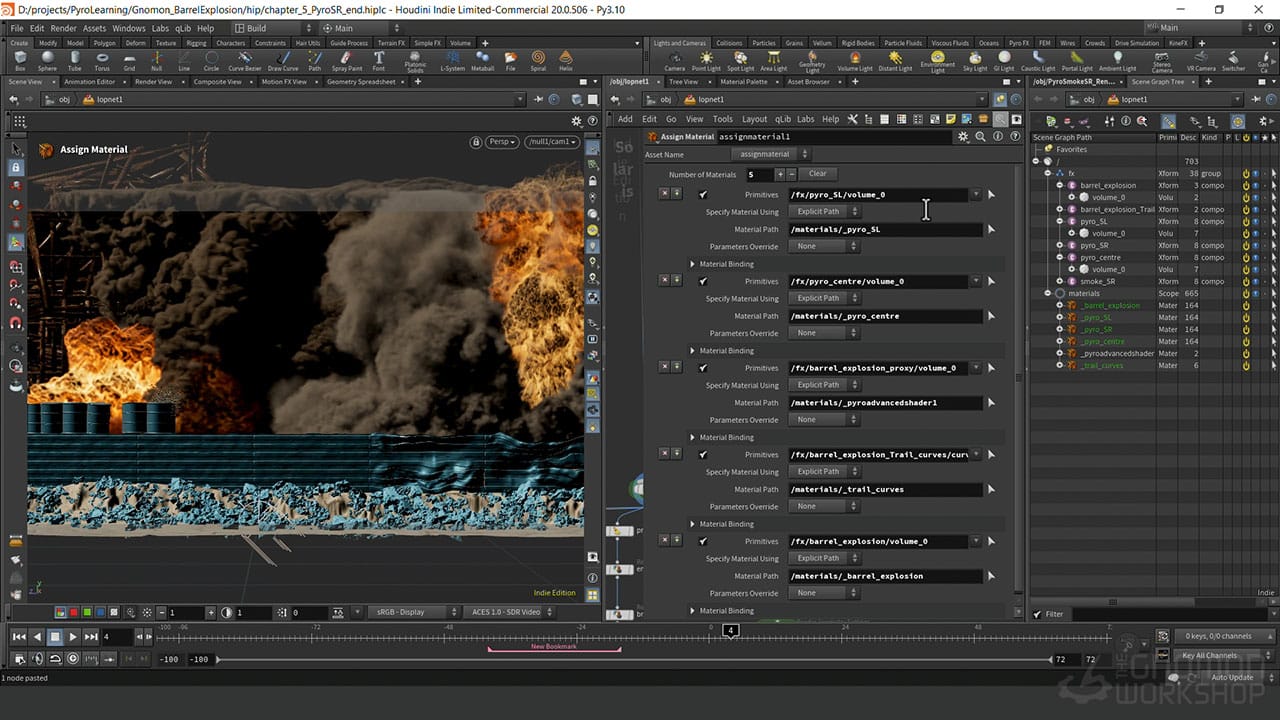
TGW: What are the benefits of using GPU-based Axiom Solver with Karma XPU?
GL: A couple of benefits come to mind:
Axiom is simple and has a similar workflow as Houdini Pyro, which makes it easier for artists to learn and it can handle a higher voxel count — more than 1-billion voxels — in a relatively short amount of time. It also has the ability to share system memory and control fields similar to Houdini Pyro, which makes art-directing turbulence, disturbance, and cooling rate better and faster.
Karma XPU, since it uses both GPU and CPU, is a lot faster, and the volume shader, in particular, is pretty amazing. It has a lot of physical parameters like anisotropy, extinction, multiscatter, and absorption with artistic user controls, which makes it powerful.
Combining these two tools can allow artists to achieve quicker results.
TGW: Why is Nuke your chosen tool for compositing?
GL: It’s node based and it’s an industry standard. I particularly love how well it handles deep data. Nuke also has a far more robust toolset for VFX, including importing/rendering VDBs, 3D rendering with tools such as V-Ray, and pairing up with Unreal Engine, for example. It's also easier to re-use complicated systems of nodes, and Nuke has better scripting and simple linking of values compared to other compositing software.
I also think that Nuke is easier to use once you get the basics down, especially on complicated shots or simple keying tasks.
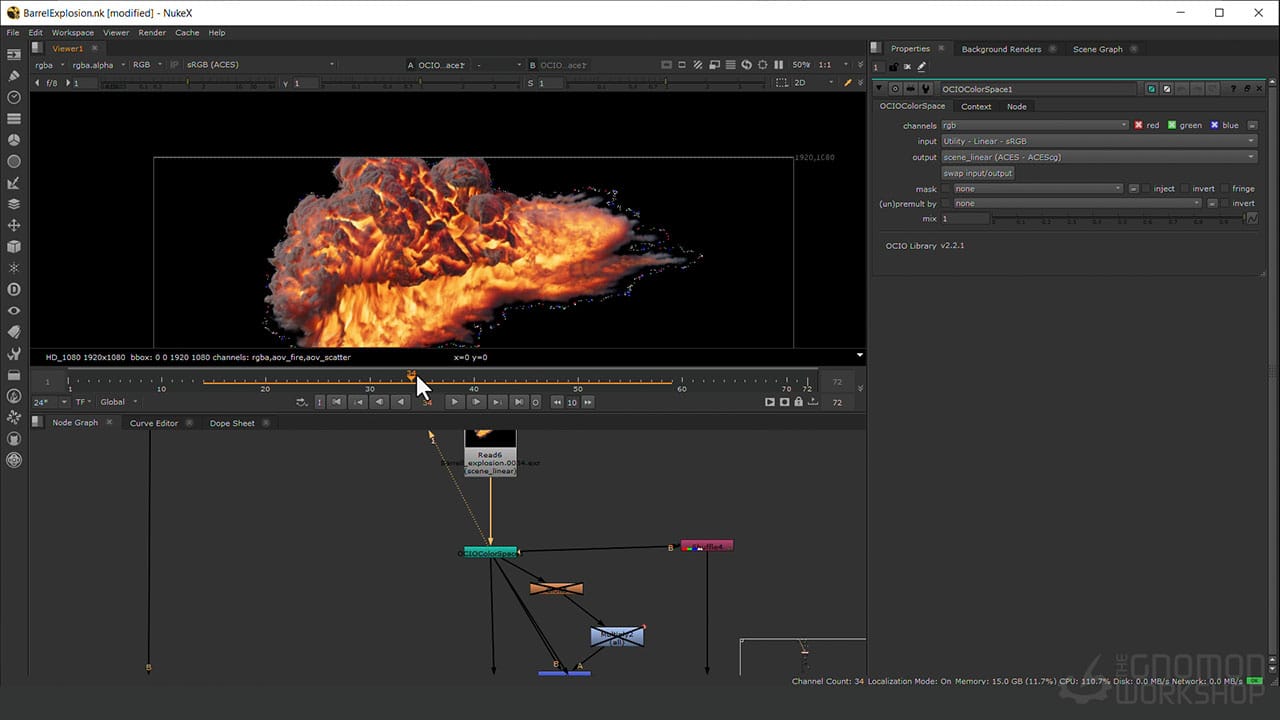
TGW: What are some of the trends that you're seeing in the VFX industry?
GL: With the advancements of GPUs and hardware in general, real-time and GPU-centric tools and solutions are getting better. There is also a huge amount of development in machine-learning based solutions for creature FX and animation.
Unreal Engine's latest release makes significant use of machine learning in character deformation and cloth dynamics. Software such as Cascadeur allows animators to only focus on the main motion of a character as the software uses AI and machine learning to author secondary motion based on artist input.
TGW: As an expert in your field, how do you stay fresh and ahead of the rest?
I try to keep myself busy with personal projects, as it gives me the opportunity and freedom to learn other aspects of 3D, which allows me to make creative and technical decisions. I use YouTube as a source of reference — or even a piece of dashcam footage can trigger an idea for a project!
I always feel more artistically satisfied when I work on a project on my own, which is very much like making a simple sandwich or a curry at home rather than having dinner at a fancy restaurant.
Watch Ganesh Lakshmigandan's Art Directing Explosions using Axiom in Houdini workshop to discover his professional workflow for creating a realistic barrel explosion using Houdini, Axiom and Nuke — streaming now!
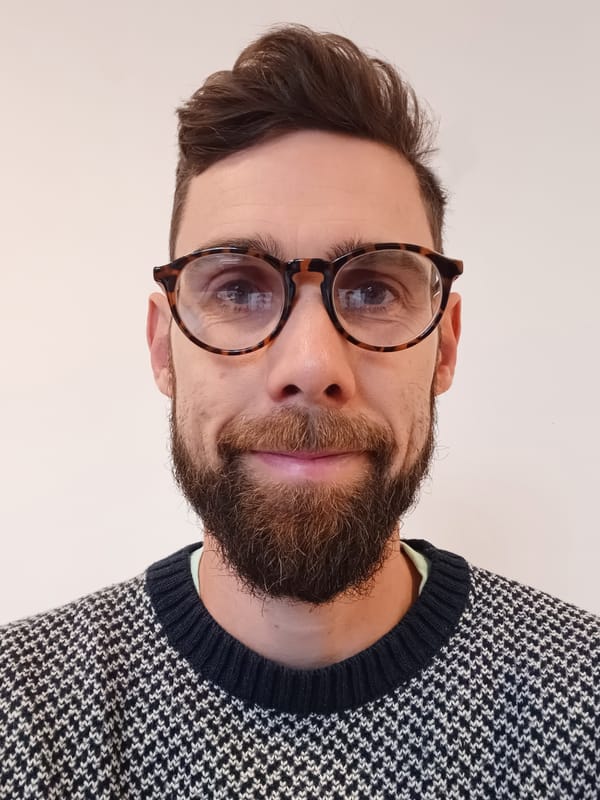
Paul Hatton
Paul has widespread experience working in the 3D, tech, and creative industries. With a love of all things visual, from 3D to videography, Paul enjoys any tech that enables him to bring ideas to life.

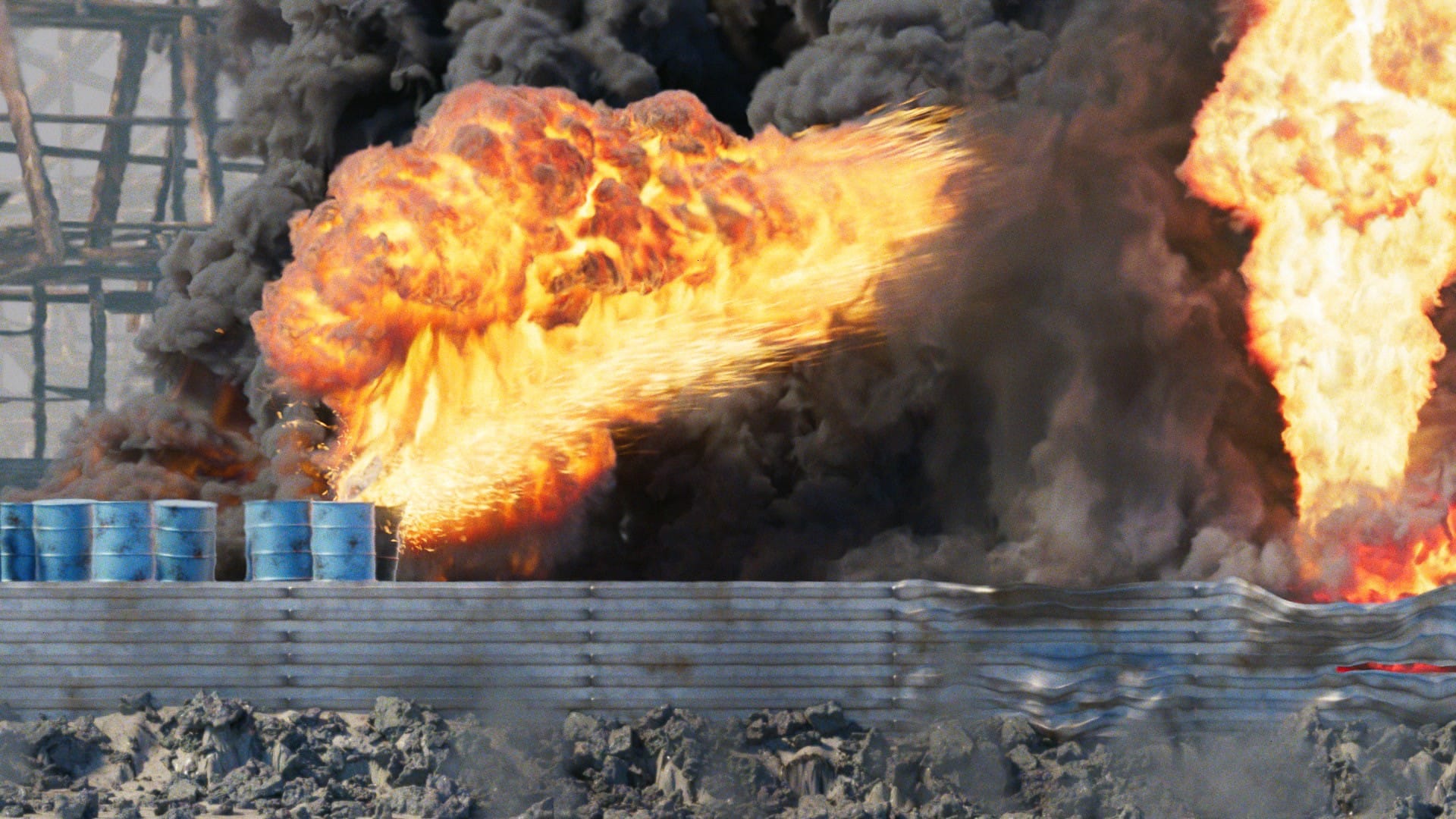


Related News
Beauty in the Beast: Neville Page on Burnout, Mindset & Creative Survival
May 07, 2025
Beauty, Beasts & Better Pipelines: Neville Page on Digital Design & Practical Makeup
May 07, 2025
Capturing Assets & Environments for Call of Duty: An Interview with Gui Rambelli
Feb 10, 2025